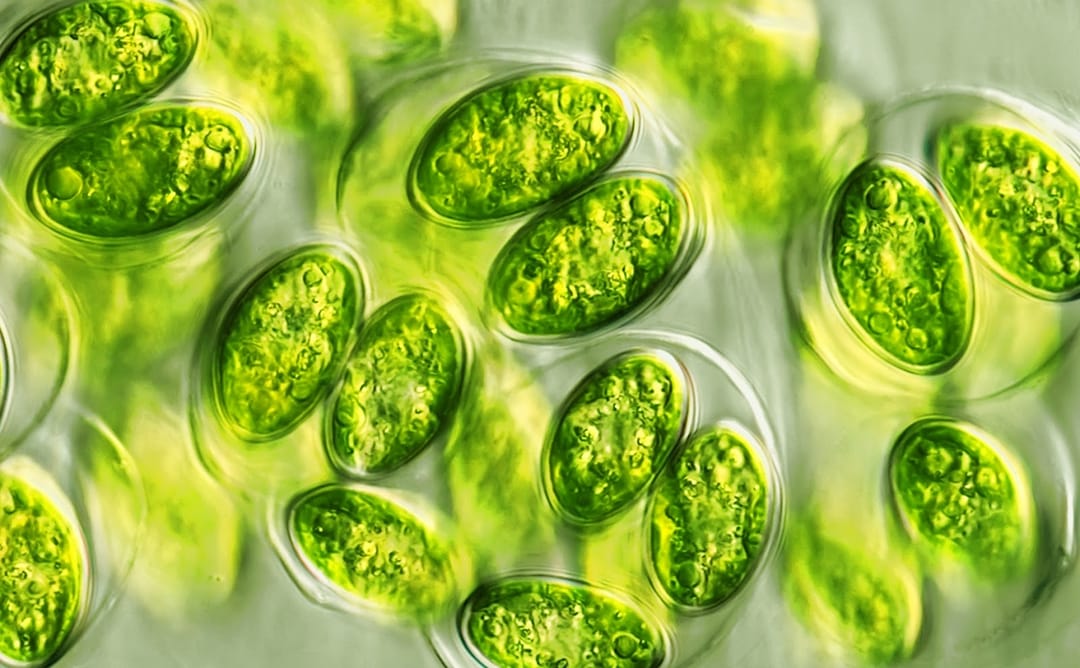Employees of the Research and Production Center (RPC) “Renewable Energy Sources” of the State Energy Institute of Turkmenistan in the city of Mary, as an applied area of activity, decided to identify and test in practice the most environmentally friendly biological method of wastewater treatment based on the microalgae Chlorella vulgare.
Experimenters strive to achieve a more effective result than with the chemical method. The work began last year, studying the composition and environmental factors of collector-drainage waters subjected to treatment. According to the scientists, the use of the method should also be based on renewable bioresources in order to create a closed production cycle that uses water. The first results showed that, in general, microalgae adapt well to local collector-drainage waters (CDW), even those characterized by saturation with toxic and other harmful substances.
Senior researcher at the RPC, Candidate of Technical Sciences Ovezdurdy Jumadurdyev, on the pages of the “Neutral Turkmenistan” newspaper, spoke about strengthening water and environmental security by growing microalgae:
“The “Program of the President of Turkmenistan for the socio-economic development of the country for 2019–2025” contains a set of measures for the prudent use of water resources, the development of virgin desert lands for agriculture, the creation of forest zones and pastures. This work required the search for new sources of water supply and their subsequent use in various sectors of the economy. It is known that with the proper level of purification of CDW based on various aquatic plants, prospects for the subsequent use of such waters for irrigation of industrial crops and other needs open up. We chose chlorella because this plant synthesizes the natural antibiotic “chlorellin”, which successfully exterminates pathogenic microflora, while the green mass formed during the growing season of the species is environmentally safe and can influence the productivity, immunity, safety, and reproduction of livestock and poultry”.
It is easy to grow such biomass. This can be done in ponds or outdoor pools or in agricultural greenhouses, combined with the purification of drainage, wastewater, ground and surface water, and the biological rehabilitation of reservoirs in botanical gardens and parks.
In general, for the greening of agricultural production and industry, there are a number of promising aquatic plants that can be acclimatized and used in the conditions of Turkmenistan; research has already been carried out on some of them in the country. The biological and environmental features of growing aquatic introduced species from subtropical and tropical countries - Eichhornia, Pistia and Azolla - were studied, noted O. Jumadurdyev.
